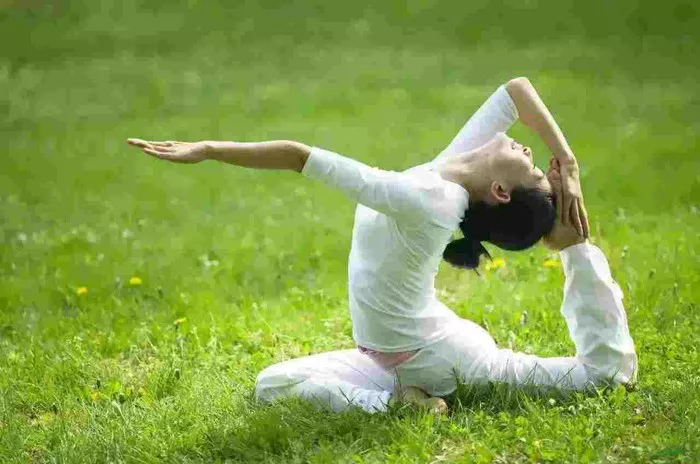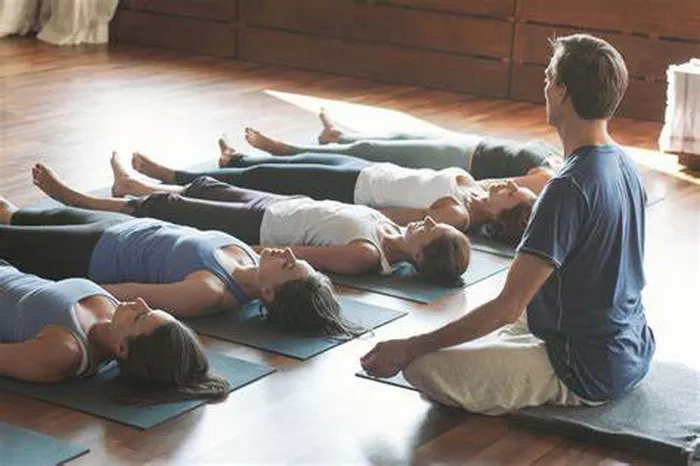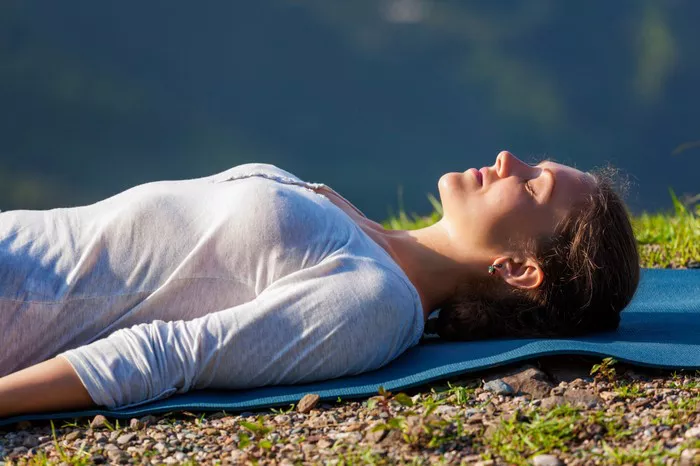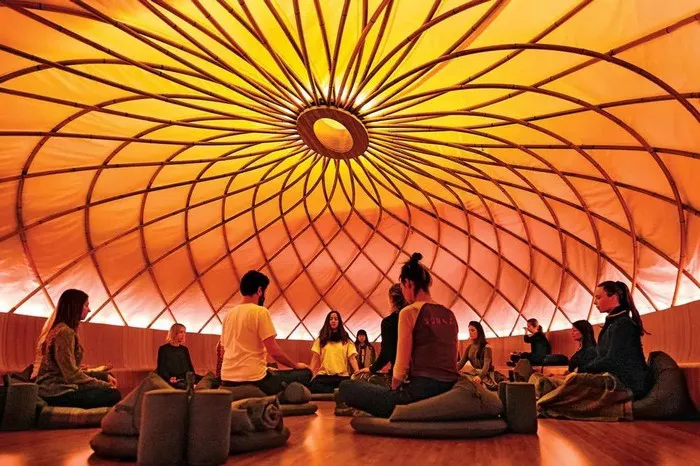Ashtanga Yoga stands as a distinctive and revered practice in the vast realm of yoga, captivating practitioners worldwide with its remarkable qualities. Unlike many other yoga styles, Ashtanga Yoga offers a set of unique characteristics that set it apart, making it a compelling choice for those seeking a profound and transformative yoga experience. This article delves deep into the special aspects of Ashtanga Yoga, exploring its distinctive features that contribute to its allure and effectiveness.
The Ancient Blueprint: A Time-Honored Sequential Structure
One of the most remarkable aspects of Ashtanga Yoga is its precisely structured sequential system. Rooted in ancient yoga traditions, Ashtanga Yoga follows a set order of postures (asanas) that are passed down through generations. This sequential approach is not arbitrary; it is designed to systematically open the body, build strength, and increase flexibility in a progressive manner.
The primary series, known as the Yoga Chikitsa, focuses on detoxification and cleansing of the body. It begins with simple standing postures and gradually progresses to more complex seated and inverted postures. Each posture in the sequence is linked to the next through a series of vinyasas, which are flowing movements synchronized with the breath. This structured progression allows practitioners to develop a strong foundation in the practice, ensuring that they are physically prepared for the more advanced postures in the higher series. The sequential nature of Ashtanga Yoga provides a clear roadmap for growth, enabling practitioners to track their progress and steadily advance in their practice over time.
The Rhythmic Pulse: Ujjayi Breath and Vinyasa Flow Synergy
Ashtanga Yoga is characterized by the harmonious integration of Ujjayi breath and vinyasa flow, creating a unique and dynamic practice. Ujjayi breath, a deep, audible breathing technique, is the life force of Ashtanga Yoga. It involves constricting the back of the throat slightly while inhaling and exhaling through the nostrils, producing a soft, ocean-like sound. This rhythmic breath not only oxygenates the body but also serves as a focal point, calming the mind and creating a meditative atmosphere.
The vinyasa flow, on the other hand, is the sequence of movements that link each posture together. In Ashtanga Yoga, every asana is connected to the next through specific vinyasas, typically involving transitions such as moving from a standing posture to Chaturanga Dandasana, Upward-Facing Dog, and Downward-Facing Dog. The combination of Ujjayi breath and vinyasa flow creates a continuous, flowing rhythm that synchronizes the body, breath, and mind. This synergy not only generates internal heat, which aids in detoxification and flexibility, but also cultivates a sense of mindfulness and presence, making the practice a moving meditation.
The Inner Forge: Cultivating Self-Discipline and Tapas
Ashtanga Yoga places a strong emphasis on self-discipline and the cultivation of Tapas, often translated as “austerity” or “burning enthusiasm.” The practice demands consistency and dedication, as practitioners are encouraged to practice regularly, following the set sequence of postures and adhering to the principles of breath and movement. This regular practice requires discipline, as it involves showing up on the mat day after day, regardless of one’s mood or external circumstances.
Tapas in Ashtanga Yoga is not about self-punishment but rather about fostering an inner fire and determination. It challenges practitioners to push beyond their comfort zones in a safe and mindful way, gradually building physical and mental strength. Through the consistent practice of Ashtanga Yoga, practitioners learn to overcome obstacles, both physical and mental, and develop the resilience needed to face life’s challenges with grace and equanimity. The self-discipline cultivated on the yoga mat often spills over into other areas of life, leading to greater focus, self-control, and a more balanced approach to daily living.
The Mirror Within: Svadhyaya and the Journey of Self-Exploration
Svadhyaya, or self-study, is an integral part of Ashtanga Yoga that sets it apart as a practice not just for physical fitness but for profound self-discovery. During the asana practice, practitioners are encouraged to turn their attention inward, observing the body’s sensations, thoughts, and emotions without judgment. This self-awareness allows them to understand their physical limitations, strengths, and patterns of tension, enabling them to adapt the practice to their individual needs.
Beyond the physical level, Svadhyaya in Ashtanga Yoga also encompasses the study of yoga philosophy, scriptures, and teachings. By delving into these ancient texts, practitioners gain insights into the deeper meaning and purpose of yoga, which in turn enriches their practice and daily lives. The practice of self-study in Ashtanga Yoga encourages continuous growth and self-improvement, as practitioners learn to question their beliefs, challenge their assumptions, and develop a greater understanding of themselves and the world around them.
The Ethical Compass: Yamas and Niyamas as Guiding Principles
Ashtanga Yoga is firmly grounded in the ethical principles of the Yamas and Niyamas, which serve as a moral compass for practitioners. The Yamas are external observances that govern our behavior towards others, while the Niyamas are internal observances that guide our relationship with ourselves. These principles are not just theoretical concepts but practical guidelines that are integrated into the daily practice and life of an Ashtanga Yoga practitioner.
Ahimsa, the principle of non-violence, is reflected in the way practitioners approach their bodies during the asana practice, avoiding overexertion and injury. Satya, or truthfulness, encourages honesty in one’s practice and interactions with others. Asteya, non-stealing, extends beyond the physical realm to include the avoidance of taking credit for others’ work or ideas. Brahmacharya promotes moderation in all aspects of life, and Aparigraha teaches the art of non-greed and letting go. The Niyamas, such as Saucha (purity), Santosha (contentment), Tapas (austerity), Svadhyaya (self-study), and Ishvara Pranidhana (surrender to a higher power), further enhance the ethical and spiritual dimensions of the practice, helping practitioners lead a more balanced, harmonious, and purposeful life.
The Point of Focus: Drishti and the Power of Concentration
Drishti, the practice of focusing the gaze, is another unique feature of Ashtanga Yoga that contributes to its effectiveness. In Ashtanga, each posture is associated with a specific Drishti point, a fixed focal point towards which the practitioner’s gaze is directed. This practice of fixing the gaze helps to calm the mind, reduce distractions, and enhance concentration.
By focusing on a particular Drishti point, practitioners are able to bring their attention to the present moment, creating a sense of stillness and one-pointedness. This focused gaze also aids in maintaining balance and alignment in the postures, as the mind and body work together in harmony. The practice of Drishti in Ashtanga Yoga trains the mind to be more focused and attentive, which can have a positive impact on other areas of life, such as work, study, and relationships.
Conclusion
Ashtanga Yoga’s uniqueness lies in its harmonious blend of ancient wisdom, structured practice, and holistic approach to well-being. From its time-honored sequential system and the synergy of breath and movement to the cultivation of self-discipline, self-awareness, and ethical living, Ashtanga Yoga offers a multi-faceted practice that goes beyond physical exercise. It provides a path for practitioners to explore their inner selves, develop mental resilience, and lead a more balanced and meaningful life.





















